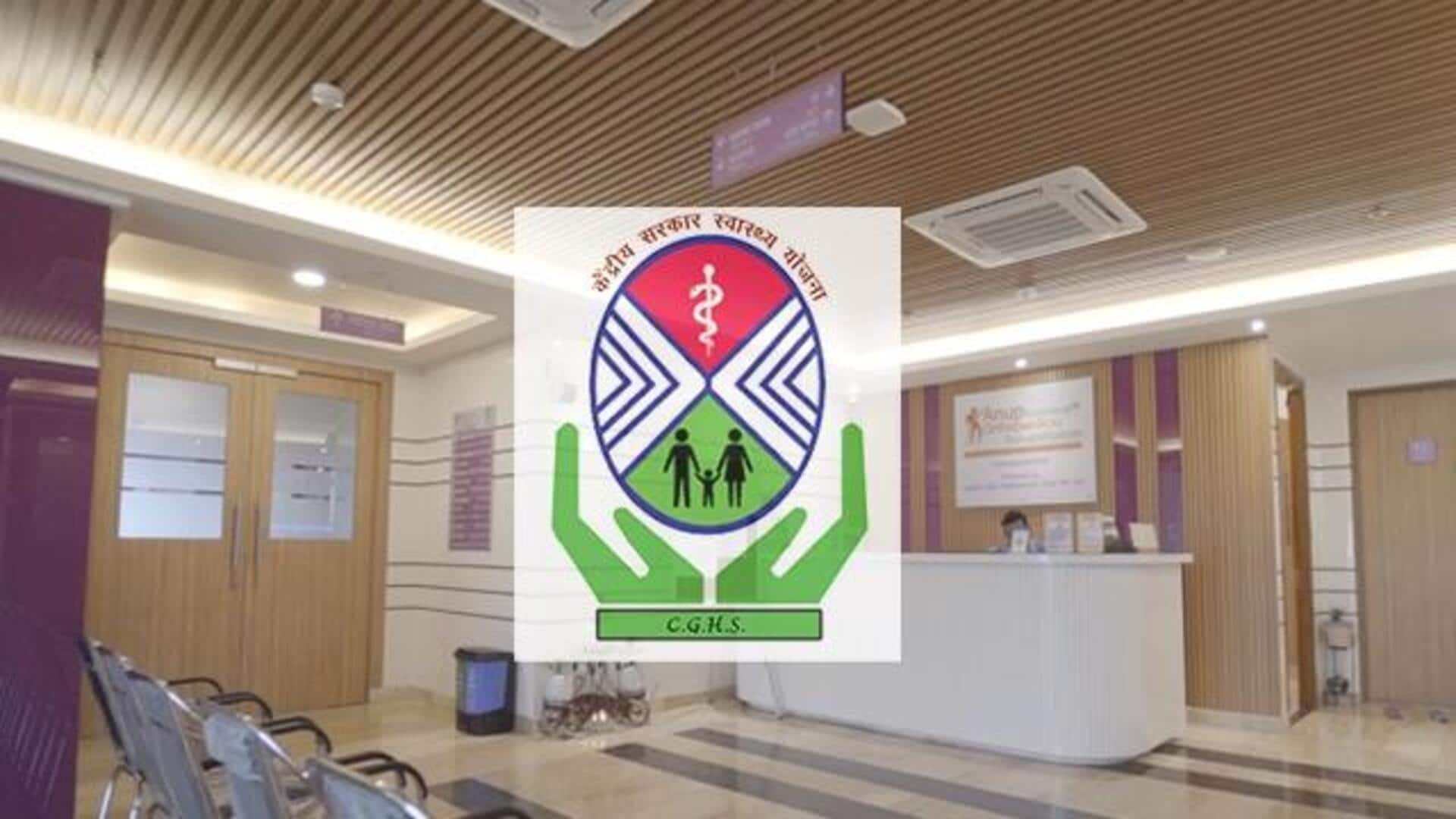
CGHS rates revised after 15 years: How it affects you
What's the story
The Union Health Ministry has announced a major overhaul of the Central Government Health Services (CGHS) scheme for the first time since 2014. The revised rates for nearly 2,000 medical procedures will come into effect from October 13. The new rate structure is based on several factors such as accreditation status, hospital type, city classification and ward entitlement.
Scheme revamp
Addressing complaints from beneficiaries and hospitals
The revision comes amid complaints from CGHS beneficiaries about cashless treatment being denied by empanelled hospitals. Patients often had to pay out of pocket and wait months for reimbursement. On the other hand, hospitals have been arguing that government-set package rates are outdated and don't account for medical inflation since 2014. The new multi-dimensional rate structure aims to address these issues.
Rate structure
New rates based on ward entitlement
The revised framework applies to all categories of CGHS cardholders, with semi-private rooms as the base for package rates. If a beneficiary is entitled to a general ward, there will be a 5% reduction in rates. However, for private ward entitlement, there will be a 5% increase. Consultations at NABH or NABL accredited health care organizations (HCOs) would be treated at standard base rate while non-accredited HCOs will have 15% lower rates than accredited hospitals.
City classification
Tier-wise rate variations introduced
The revised scheme also introduces tier-wise rate variations for CGHS-empanelled hospitals in Tier I, II and III cities. Procedures in Tier II and III cities will have 10% and 20% lower rates, respectively, than those in Tier I cities. However, rates for radiotherapy, investigations, day-care procedures and minor procedures not requiring admission will remain uniform across all wards entitlements.
Beneficiary coverage
Scheme covers over 42.6 million beneficiaries
CGHS mainly caters to central government employees, pensioners and their dependent family members. As of October 5, the scheme covered around 42.6 lakh beneficiaries in 80 cities across India. The Union Health Ministry has asked all healthcare organizations to submit an undertaking confirming acceptance of the new rates' terms and conditions by October 13. If they fail to do so, they will be considered de-panelled from the scheme.